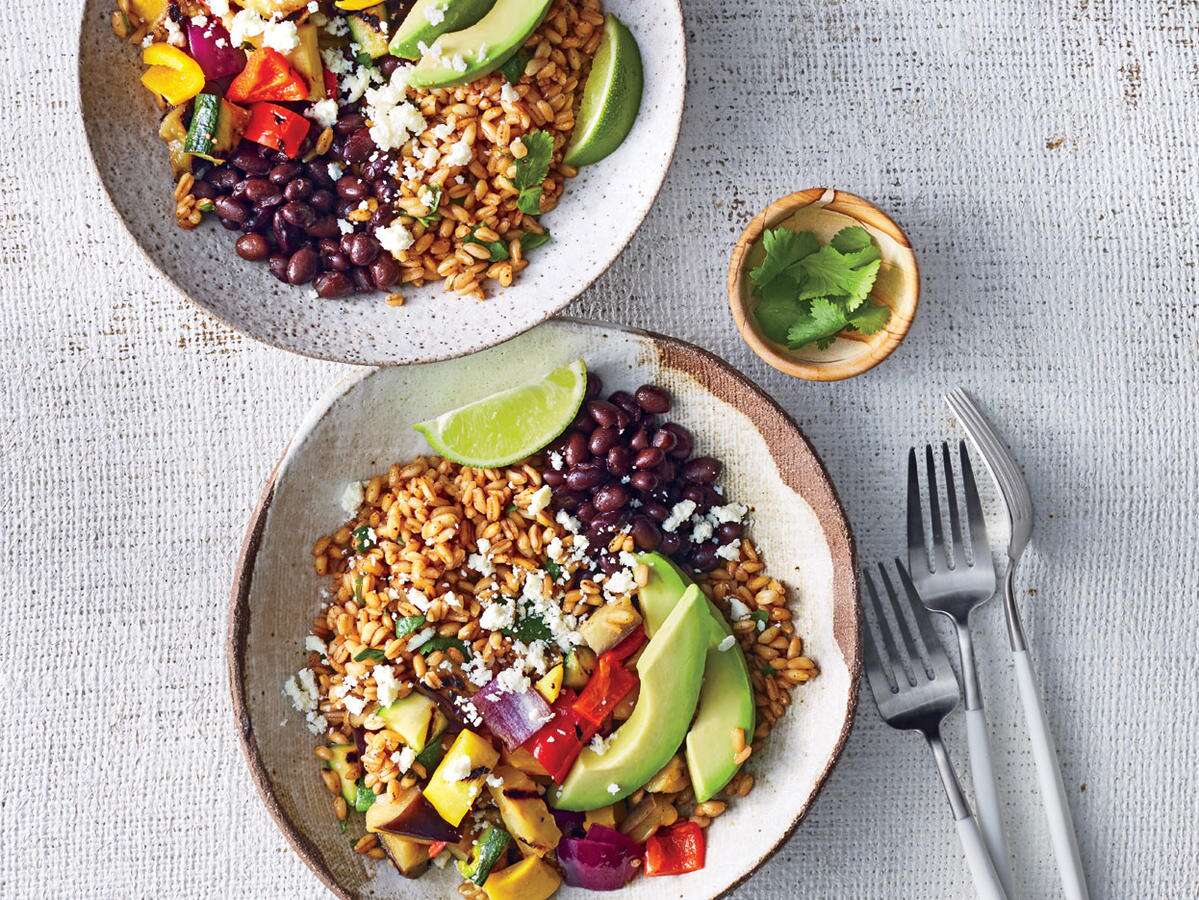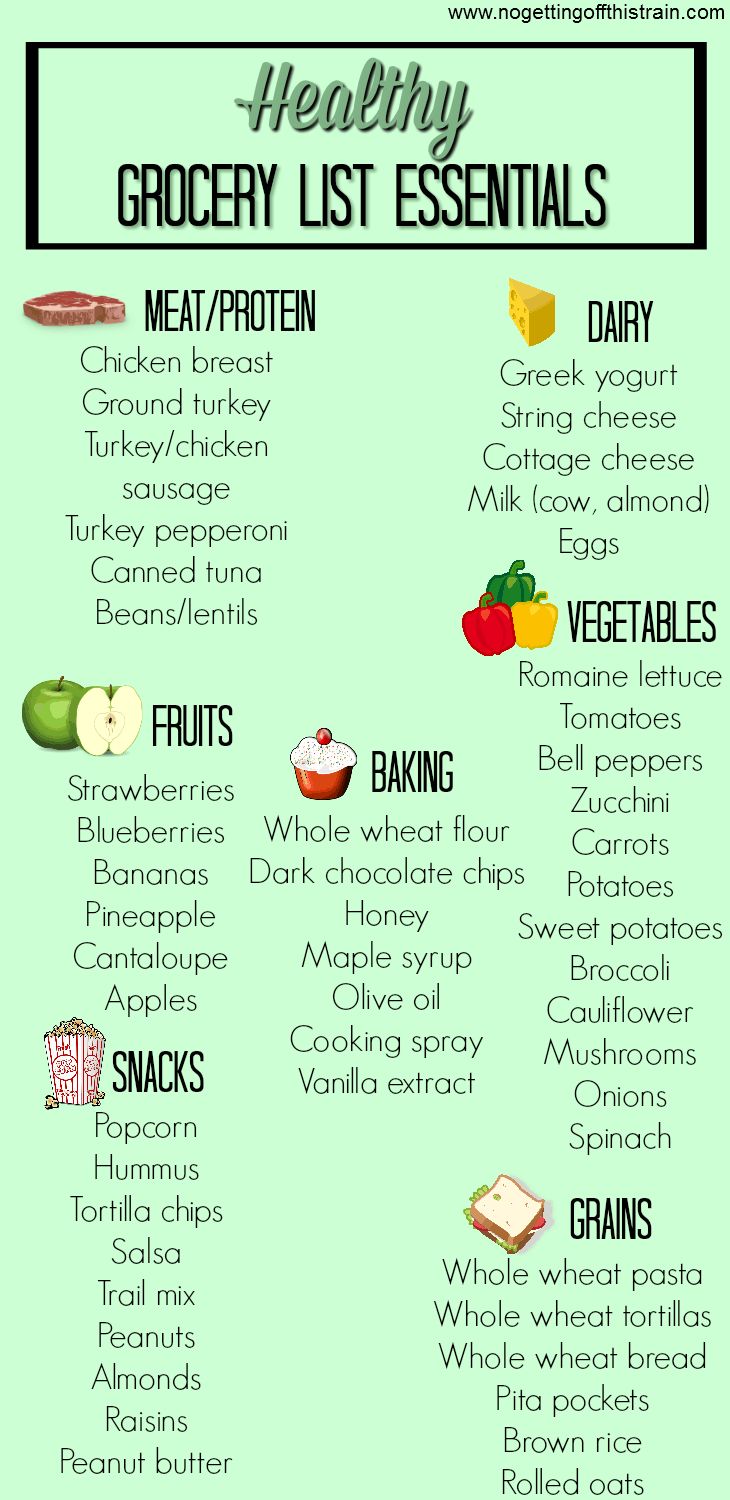
Healthy living starts from an early age. As children grow up, they learn the importance of healthy eating habits and how to exercise. It can be difficult for people to eat a balanced diet. However, numerous studies have shown that healthy eating habits are possible. This includes plenty of fruits and vegetables, whole grains, and proteins. Keeping a healthy weight and a regular exercise routine are key components of a healthy lifestyle.
Individuals with disabilities created the Healthy Lifestyles program. As more people learn how to live healthier lives, this holistic approach to health continues to evolve. A Health Life Curriculum and Leader's Guide are included in the workshop to assist participants in living a healthy lifestyle. The workshop also includes six follow-up meetings where the workshop participants discuss their progress on their personal goals, share resources, strategies, and successes, and learn how to maintain a healthy diet and lifestyle.

The program is composed of three parts: advocacy, education, and clinical care. In the first phase, teachers are required to complete a Lead Healthy Lifestyles Leader certification workshop. The training includes a simulation of a workshop. The workshop allows trainees to have first-hand experiences with the philosophy and the curriculum. The second phase involves the participants in a Leadership Training event for one day to get more information about Healthy Lifestyles.
The programme is multi-phased, spans three school term and focuses primarily on a healthy lifestyle. It encourages physical activity and energy balance. The piloting phase is designed to build relationships with children and increase awareness about the program. In the final phase, the children will begin to implement the Healthy Lifestyles principles in their daily lives. A healthy lifestyle has many aspects, so it is important to start with a plan.
The second phase of the programme is the Creating a Supportive Context. This phase is designed to increase awareness about HeLP and create relationships between students and parents. The school hosts workshops and professional dancers as well as sportspeople who talk to children about healthy living habits and offer practical advice. They are role models and can change the school culture. You can live a healthy lifestyle by eating healthy and engaging in physical activity. You can improve your health by living a healthy lifestyle.

Besides eating healthy foods, a healthy lifestyle also involves a healthy lifestyle. Regular exercise and a healthy diet are key components to a healthy lifestyle. It is important to include healthy foods as part of your nutrition plan. Foods rich in vitamins or minerals can be eaten. The healthy foods that you eat will help your body function better. Moreover, you can eat less fatty food than you consume.
FAQ
What is the best workout order?
It all depends on your goals. First, lift heavy weights if you are looking to increase muscle mass. Then move into cardio. Next, if you're looking to lose weight then switch to strength training.
Start with cardio if you only want to lose fat. You can then add strength training.
If you are looking for muscle mass, cardio should be your last option. Cardio stimulates growth hormones and helps build muscle mass.
Eat before you go to the gym. This will fuel your muscles and make them work harder. Plus, it makes you feel better during your workout.
How often should you exercise per week?
It depends on what type of exercise and how much time are available. A general guideline would be moderate-intensity aerobic exercise 3 - 5 days a week. It is important not to overdo it. It is crucial to exercise regularly in order to reap the full benefits of your workouts.
Which exercises are best for me?
It all depends upon your fitness goals. Some people focus on endurance activities like running, cycling, and swimming. Others prefer lifting weights, or using resistance bands. There are many exercise programs on the market today. Choose an option that suits your lifestyle.
Is Egg good for man?
The egg contains all the nutrients required by the human body. It also helps maintain strong bones, a healthy heart and lungs, and stable blood pressure.
Eggs are a great source of protein, vitamins A and B12, D. E. K, calcium, magnesium, selenium and riboflavin.
Egg yolks are high in cholesterol. However, it does not contain saturated fat. Eggs have less saturated oil than many other foods.
They are also low on calories and sodium. They are also very versatile because you can cook them any way you want. You can fry, poach, scramble, boil, hard-boil, and bake them.
They are extremely nutritious and simple to prepare.
At least two whole eggs should be consumed each day. Avoid eating eggs.
Eggs provide essential nutrients needed by our bodies. Consider adding eggs to your daily meal plan today.
How Metabolic Health is Key to Aging Well
People are living longer lives today than at any point in history. But as they do, they're also getting sicker. Even though we have made significant advances in medical science it is becoming clearer that our current approach doesn't work.
It's time to change our perceptions of health and aging. Healthful aging requires that we start to think about metabolic health, which is not only weight loss but overall well-being.
You must ensure your metabolism is strong and healthy throughout your life if you want to lead a long, active life.
The good news? There are many things you can do to improve your metabolism. These 7 foods can be incorporated into your diet.
-
Resveratrol in blueberries has been shown to support cell longevity. They also provide antioxidants and vitamins C & E.
-
Lentils and pinto beans, which are legumes, provide great fiber and plant-based sources of protein. These nutrients help maintain blood sugar levels so they don’t spike and fall.
-
Broccoli has sulforaphane. It has been proven to protect cells from DNA damage. It may even slow down cancer growth.
-
Chia Seeds are high-in omega-3 fatty acids, fiber, and other nutrients. They are rich in protein and antioxidants. All of these nutrients help promote heart health, brain function, and gut health.
-
Green Tea contains polyphenols called catechins. The catechins in green tea have been linked to reduced bone fractures, cardiovascular disease, cognitive decline, and diabetes risk.
-
Salmonis one of the best sources of lean protein, low in saturated fat, and packed with vitamin D.
-
Walnuts are high in omega-3s. They also contain antioxidants like alphalipoic Acid (ALA). ALA protects against inflammation and boosts energy production.
Statistics
- The PRS enabled risk stratification for overall prostate cancer and lethal disease with a four-fold difference between men in the highest and lowest quartiles (HR, 4.32; 95% confidence interval [CI], 3.16-5.89). (pubmed.ncbi.nlm.nih.gov)
- Get free shipping and 25% off today. (healthline.com)
- By John Thompson Take a whopping 38% off a set of PowerBlock Pros. (menshealth.com)
- According to the American Heart Association, blood pressure should be checked at least once every two years, beginning at age 20. (my.clevelandclinic.org)
- Cardmembers earn 5% Back at Amazon.com with a Prime Credit Card. (amazon.com)
External Links
How To
How can I burn fat while exercising?
Exercise burns calories by increasing metabolism and oxygen consumption.
If you exercise with moderate intensity, you can safely lose weight.
To burn fat while exercising, follow these tips:
-
Cardio exercises can include running, walking, swimming or cycling.
-
You can exercise for 30 mins three times per week.
-
You can add strength training into your exercise routine if you're looking to lose even more weight.
-
Avoid intense exercise. You can build muscle and not break down muscle tissue.
-
During exercise, drink plenty of water. Water is essential for flushing out toxins and keeping your body hydrated.
-
Choose low-fat protein shakes after working out. Protein shakes repair muscles and increase energy.
-
Eat smaller meals throughout the day, so you don't feel hungry between meals.
-
Don't skip breakfast! Skipping breakfast can cause you to feel tired and sluggish.
-
Take care to your mental well-being. Stressful situations can slow metabolism.
-
Keep a positive attitude. Studies have shown that people who are convinced they are overweight gain more weight than those who feel they look attractive.
-
Get enough sleep. A lack of sleep makes it difficult to lose fat.
-
Keep active. Get up every hour and get moving.
-
Maintain a healthy diet. A healthy diet will help you feel fuller for longer.
-
Relaxation is possible by finding ways to relax. Your body won't release stress hormones that cause muscle tissue destruction if you have a tense mind.
A balanced diet will provide all nutrients that are necessary for growth.
Eat six small meals each day instead of three large ones. This gives your body the time it needs to process what you've eat.
For strong bones, we need 500 mgs of calcium daily. Calcium is found in dairy products like yogurt, fortified milk beverages, orange juices, cereals and bread.
Calcium comes from leafy green vegetables, beans, tofu, nuts, seeds, and cheese.
Vitamin D is necessary for the body to absorb calcium. It's found in fatty fish, egg yolk, and some fortified foods.
Vitamin E is important for skin health. It can be found as a vegetable oil, wheat germ, peanuts or almonds.
Zinc is essential for healthy immunity and wound healing. Zinc is found in seafood, oysters legumes meats, whole grains, whole grains and meats.
Zinc deficiency could cause fatigue, nausea, vomiting, and depression.
Eating too much sugar causes insulin resistance, which increases blood glucose levels. Insulin resistance leads to weight gain.
Insulin resistance occurs when the bloodstream is full of free radicals. Free radicals are molecules with unpaired electrons that damage cell membranes and other parts of the body.
Most free radicals come from pesticides herbicides, food additives, preservatives smoking, radiation, chemical in cosmetics, lotions and household cleaning supplies.
Free radical damage can cause cancer, heart disease and diabetes, as well as arthritis, asthma, and other diseases.
The best way to avoid free radicals is to eat a balanced diet high in antioxidants. Antioxidants protect against oxidative damage.
Antioxidant vitamins include Vitamin C (found in citrus fruits), beta carotene (found in carrots, sweet potatoes, spinach, broccoli, cantaloupe, apricots, squash, mangoes, peaches, peppers, tomatoes, cabbage, cauliflower, kale, Brussels sprouts, collard greens, watermelon, and strawberries), and Vitamin E (found in nuts, olive oil, avocados, and eggs).
Additional antioxidant nutrients include selenium and copper, manganese and zinc.
Selenium protects cells from free radical damage. Selenium can be found in Brazil nuts and liver, kidneys, liver, kidneys, shrimp, cod, turkey and lamb as well as chicken.
Copper protects the eyes, brain, lungs, liver, and red blood cells. Copper is found in shellfish, poultry, meat, and organ meats.
Manganese forms an essential part of bone structure. Manganese may be found in brown rice or spinach, bananas and prunes as well raisins, oatmeal and lentils.
Zinc is necessary for average growth, reproduction, and wound healing. Zn can also be found in white fish, lean cuts of meat, poultry, and eggs.